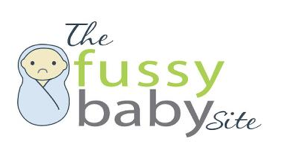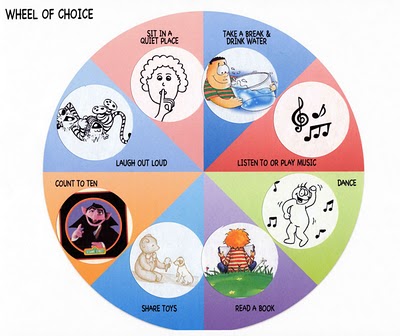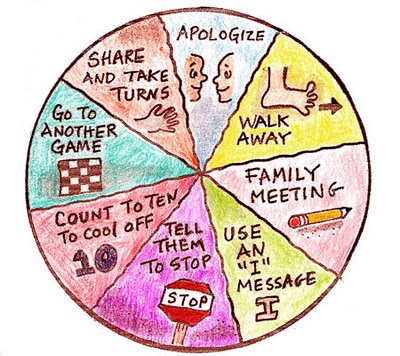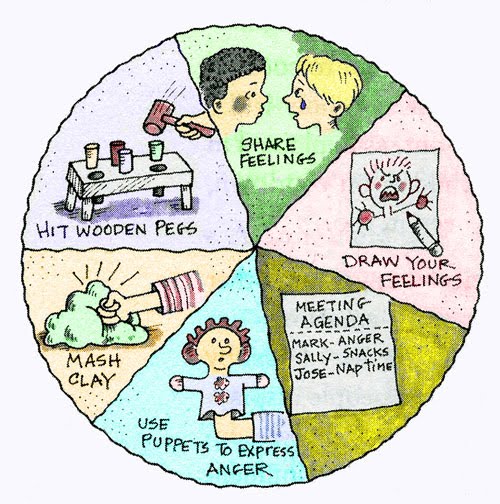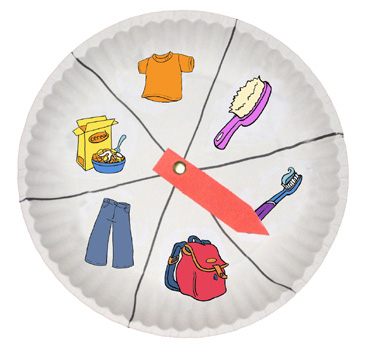- You are here:
- Home »
- Blog »
- Spirited Kids »
- The Wheel of Choice
The Wheel of Choice
Who doesn’t need another tool in their arsenal of anti-tantrum strategies?
I recently came across the idea of the Wheel of Choice. It comes from the positive discipline model of parenting, and helps kids learn that they have power to make a conscious decision when they’re feeling overwhelmed, angry, or frustrated. When kids aren’t taught strategies for coping with these intense emotions, the default behaviours can be undesirable: hitting, screaming, yelling, tantrums, or fighting.
Creating and using a Wheel of Choice gives young kids strategies for problem solving that they may not otherwise have.
I’m excited to try this with Sammy who’s now 5.5 years old. While he’s come a long way in figuring out how to handle his emotions, I don’t think it will hurt to offer him new strategies for dealing with his disappointments, frustrations, and hurts, all of which he feels intensely.
Wheel of Choice Examples
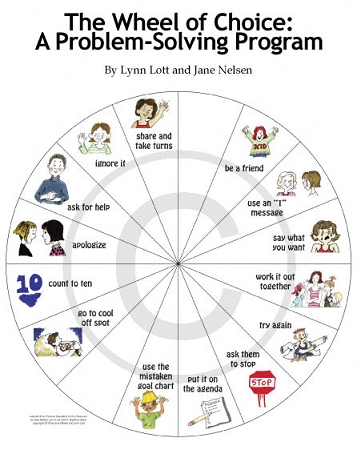
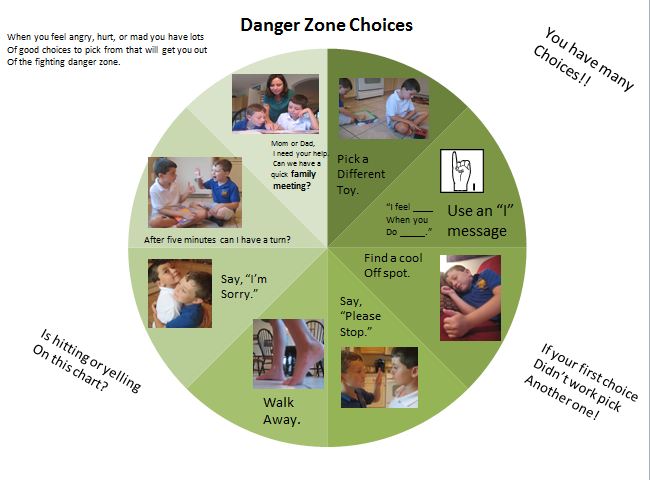
Choices You Can Include on the Wheel
Pretty much anything you can think of that would help channel intense emotions in appropriate ways could be on the wheel. Some ideas could be:
- Walk away
- Have a drink of water
- Share a toy
- Cuddle
- Read a book
- Hitting your pillow
- Deep breathing (our kids like this one)
- Count to ten
- Go to a quiet place
- Listen to music
- Color a picture
- Use playdoh (tactile activities are great distractions for spirited kids)
- Take a bath
- Talk about your feelings (“I feel so sad that I can’t use that toy”)
For older kids, actual strategies for dealing with interpersonal conflict could also be included:
- Say sorry
- Ask if you can have a turn
- Choose a different toy
- Ask them to stop
- Express your feelings
- Draw your feelings
- Think of a new activity and move on
Other Types of Wheels
Perhaps outside of the realm of positive parenting, I thought this wheel of choice was pretty cool for toddlers and preschoolers.
Using the wheel in this way, you’re not addressing anger issues, but helping your toddler feel a sense of empowerment as they go about their daily routines.
You’ve probably already figured out that with spirited kids, transitions are a big deal. They need routine, structure and lots of advance warning when an activity is going to begin or end.
I can see this being a great way to avoid frustration or tantrums. We’ve done something similar with our kids, although not in the shape of a wheel:
(No comments on my drawing abilities)
These are all the activities that need to take place before our daughter walks out the door in the morning. She’s 8 years old, but you could easily tailor this to toddlers by including activities like brushing teeth, eating breakfast, getting dressed, etc.
By putting some power in their hands, you can hopefully avoid some tantrums, and at the same time, teach your toddler strategies for problem solving.
I’d love to know if I’ve inspired you to try making your own wheel of choice. Tell me about it in the comments below!
